Ertach Kernow - The Great Blizzard of 1891 in Cornwall
When I think of storms and their names I think of the classic episode of The Vicar of Dibley, where there is a discussion between Owen and Jim about the ‘Great Storm’ or was it ‘The Great Wind’, anyway it was hilarious. Here we look at the effect of the ‘Great Blizzard’ that swept the southern part of Britain between 9th and 13th March 1891. Cornwall, Devon and Somerset took the brunt, Cornwall being cut off for several days. The winter of 1890/1891 had been particularly harsh, followed by several weeks of fine weather, folk began thinking that spring was on the way. With buds appearing on the trees and bushes nobody was prepared for what was to follow.
Monday 9th had brought with it a keen chill to the air and the sullen sky saw snowflakes falling by the afternoon, melting as they hit the ground. Soon the wind from the northeast increased in intensity, heavier snowflakes falling faster began to settle. Children began enjoying snowballing with much laughter and fun. The wind grew in intensity as night fell, veering to the east and bringing even heavier snowfall overnight. By Tuesday morning the whole of Cornwall was covered in snow, by then people and transport had found themselves in difficulties. One of the four ships sheltering in Mount’s Bay had dragged her anchor and the Dora, the Penzance and Sennen lifeboat was launched. However, the schooner Joseph Nicholson of Newcastle eventually made it into harbour. Numerous other vessels around the coast of Cornwall were not so fortunate some twenty-eight believed to have been wrecked.
The Great Western train service was badly disrupted. The mail train to Plymouth was stopped by snow at St Germans and the eighty passengers had to spend the night aboard the train eventually getting going after ten hours. In West Cornwall three trains were snowed up including one with thirty passengers on board derailed, the passengers tramping overland to find accommodation in Camborne. The Helston train was embedded in fifteen feet of snow and was abandoned. Fortunately, there were no fatalities resulting from trains being stranded or derailing.
The news from the sea was not good and a number of wrecks took place along the south coast near Falmouth. The greatest loss of life was the four masted Bay of Panama heading from Calcutta to Dundee where eighteen men including the captains wife lost their lives, either drowned or frozen to death in the rigging. Other wrecks included the Dove from Topsham, where the captain his small son and the mate survived, the Aquilon of Jersey and the ketch Edwin were lost with all hands. The German steamer Carl Hirschberg was driven ashore at Porthoustock, the Agnes and Helen from Beaumaris went aground at Bream Cove, totally wrecked at Portloe was the steamship Dundela where all the crew except a boy were lost. Many other smaller vessels were lost or received heavy damage. The Hamburg American Company's steamship Suevia, 2,440 tons, had a narrow escape in the Channel on Monday night. After passing the Lizard on Monday morning with indications of an approaching storm her engines failed her. Her captain managed to put up a sail preventing her being driven ashore and wrecked thus saving the lives of the passengers and crew in what would have been a tragic loss of life.
The farming community suffered badly during the blizzard with some 6,000 animals mainly sheep being lost along with many new-born lambs. Woodlands were devastated with thousands of trees brought down, Cotehele Woods alone losing some 2,000. The woods around Pentillie Castle were also badly wrecked.
Inland in North Cornwall Camelford, route of the coach road in and out of Cornwall, was completely cut off from Monday to Friday. On Friday four horsemen managed to get through bringing news from the outside world. With provisions running low a team of men were organised to cut through the three-mile road to Wadebridge. It wasn’t until Tuesday 17th that the North Cornwall Coach was able to run. At Launceston where although there were communication inconveniences little structural damage was happened. Liskeard residents suffered from lack of water due to the drifts blocking the leat to the reservoir. In Bodmin there was little or no traffic from Monday until the end of the week, with no train or telegraph communications whatsoever. Businesses closed and huge snowdrifts prevented people entering the town completely. Those on the roads were forced to unhitch their horses and abandoned their carriages, which were soon buried beneath the snow. Farmhouses scattered throughout the district became akin to rescue stations with travellers seeking shelter.
Around the mining area of Calstock the town escaped serious damage, albeit the risk due to the number of tall chimneys falling was high. However, nearby woodlands including the local apple and cherry orchards were devastated. One lovely story to emerge was of two geese last seen sitting on their twenty-two eggs next to a barn, which was badly damaged, were found afterwards completely covered in snow on the Thursday still sitting on their eggs. Having created a cavity to breath by moving their heads about as the snow fell they had not left their clutches and half of the eggs successfully hatched.
In Truro everything was brought to a total standstill, huge snow drifts blocking every road. The rail service was completely disrupted due to connecting trains either not reaching their destinations or being severely delayed. The train going via Grampound couldn’t stop, needing to go past at full speed to prevent it being embedded in the snow. Camborne saw drifts over six feet deep and in surrounding villages there were drifts said to be thirty feet deep with residents exiting their properties through upstairs windows via ladders. Loss of life amongst farmers livestock was particularly heavy. In this mining district lack of coal and supply of water through the leats stopped work even at the great Dolcoath Mine. Nearby Redruth recorded drifts of over ten feet and here too there was a lack of coal. All communication to outside the town by rail and road was impossible and it took many days to start clearing the carts and carriages that had been abandoned along the roads leading to Redruth.
Along the North Cornish coast there were resemblances to the January storm of 1881 which had caused so much damage. Snow fall blocked off most of the roads and many communities were totally cut off including Bude. At Newquay there was less damage than elsewhere, but local farmer Thomas Cardell lost over 100 sheep which were buried and perished. A local hawker of wildflowers Ambrose Matthews was found frozen to death under three feet of snow after trying to reach the shelter of a shed. Up the coast at Padstow the storm was severe, and folk had problems getting home, leading to death of one resident Rebecca Chapman. A collision in the harbour caused by the storm damaged the schooner Ballenheigh Castle. At St Ives there were huge seas running and many ships were in danger, although the lifeboat and rocket brigade stood ready there was little they could do.
In the far west of Cornwall, the Land’s End district was cut off entirely for over five days. Food supplies were exhausted at Sennen, but an enterprising tradesman took the risk of attaching baskets to donkeys and dug his way, followed by the donkey procession, to St Just returning with baskets full of provisions. Once again many residents were trapped in their homes and had to be dug out over the following days. The horse drawn bus between Penzance and St Just, a journey of ninety minutes left at 6.00pm and was totally bogged down three miles from its destination. The passengers and driver were stranded until midday the following day.
On the south coast property damage was heavy in Falmouth and communication with Truro was cut, only being re-established on Saturday 14th. There was immense damage to small craft along the quays with some vessels sinking at their moorings. The fishing community was particularly badly hit with loss and heavy damage to vessels and equipment. Fowey experienced severe weather, but as luck would have it escaped the worst of the blizzard.
At Mevagissey the harbour was devastated. The south pier had been extended and rebuilt in 1888, but the power of the storm broke through it leaving a massive two hundred feet breach. The lighthouse was left isolated and the stone that had made up the pier scattered around the outer harbour. By the end of the week, it was in three parts and the rebuild was estimated at over £10,000. Once again the fishermen suffered not just with damage to their boats, but also the loss of nets and equipment. The harbour at Penzance received much damage including to shipping within the port. The loss of trees was said to have been immense and as with many places throughout Cornwall there were difficulties for travellers getting home.
Throughout the terrible days that the storm raged there were many stories of kindness to strangers caught on the roads and railways. Homeowners taking folk in and sharing what they could until they could again continue their journeys. Sadly, there were some who turned people in need away.
Thinking globally now my thoughts go out to our European neighbours in Ukraine battling against a domineering neighbour. Ukrainian people’s lives, their culture and nation is being devastated, something folk from Cornwall and other Celtic nations perhaps understand from history. Let us stand with them showing kindness and provide support however we can. ‘Kernov stoyitʹ z ukrayinoyu’ (Kernow stands with Ukraine)
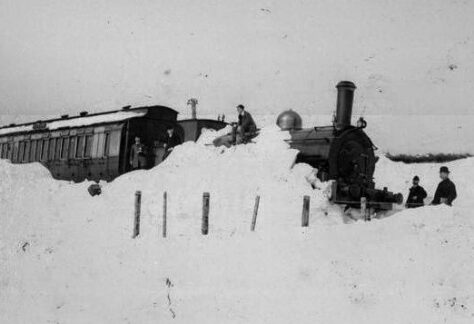
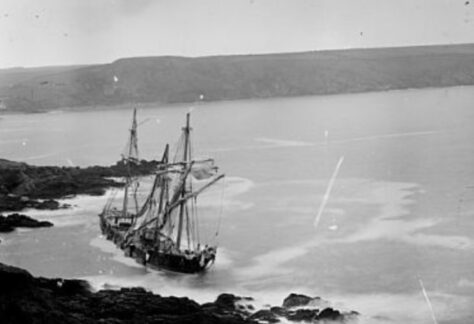
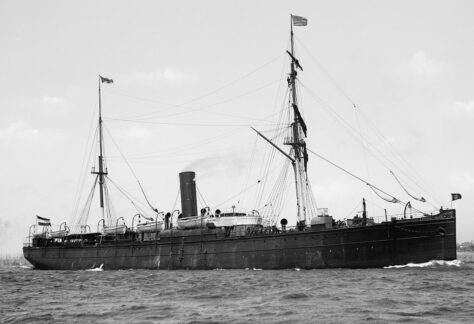
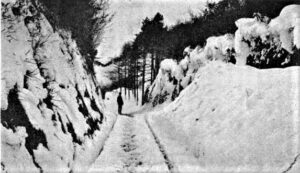
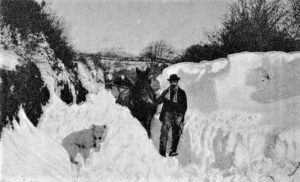
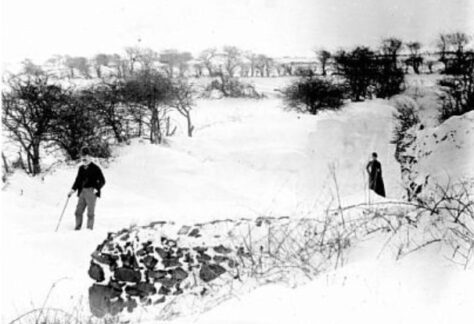
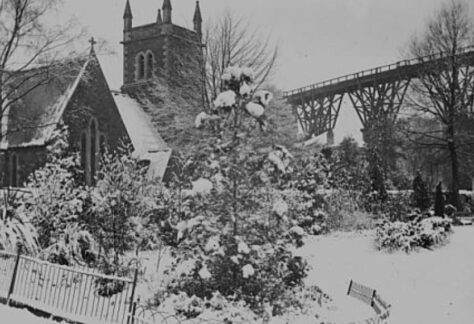
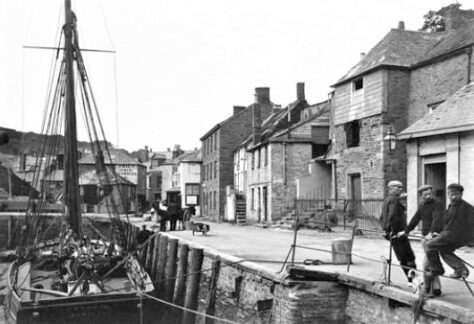
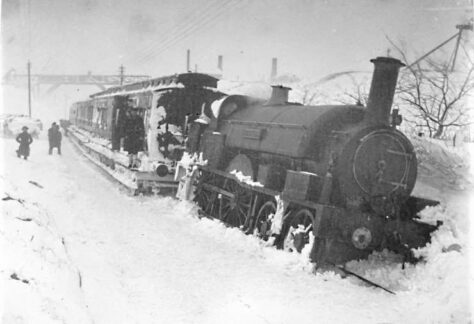
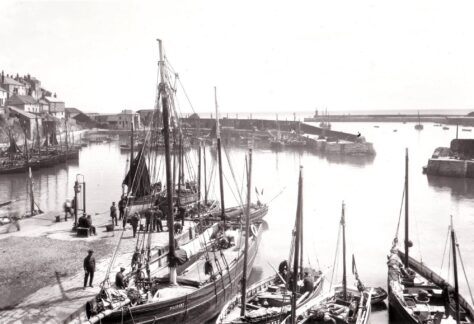
![[90] Voice - Ertach Kernow- 16.03.22A The Great Blizzard of 1891 [S] Ertach Kernow - The Great Blizzard of 1891](https://www.cornwallheritage.com/wp-content/uploads/2022/03/90-Voice-Ertach-Kernow-16.03.22A-The-Great-Blizzard-of-1891-S-229x300.jpg)
![[90] Voice - Ertach Kernow- 16.03.22B The Great Blizzard of 1891 [S] Ertach Kernow - The Great Blizzard of 1891](https://www.cornwallheritage.com/wp-content/uploads/2022/03/90-Voice-Ertach-Kernow-16.03.22B-The-Great-Blizzard-of-1891-S-228x300.jpg)
![[90] Ertach Kernow Heritage Column - 16th March 2022 - Sharing our story goes on Ertach Kernow Heritage Column - 16th March 2022 - Sharing our story goes on](https://www.cornwallheritage.com/wp-content/uploads/2022/03/90-Ertach-Kernow-Heritage-Column-16th-March-2022-Sharing-our-story-goes-on-297x300.jpg)